How To Use An Automotive Clay Bar Effectively
Ellie Moore
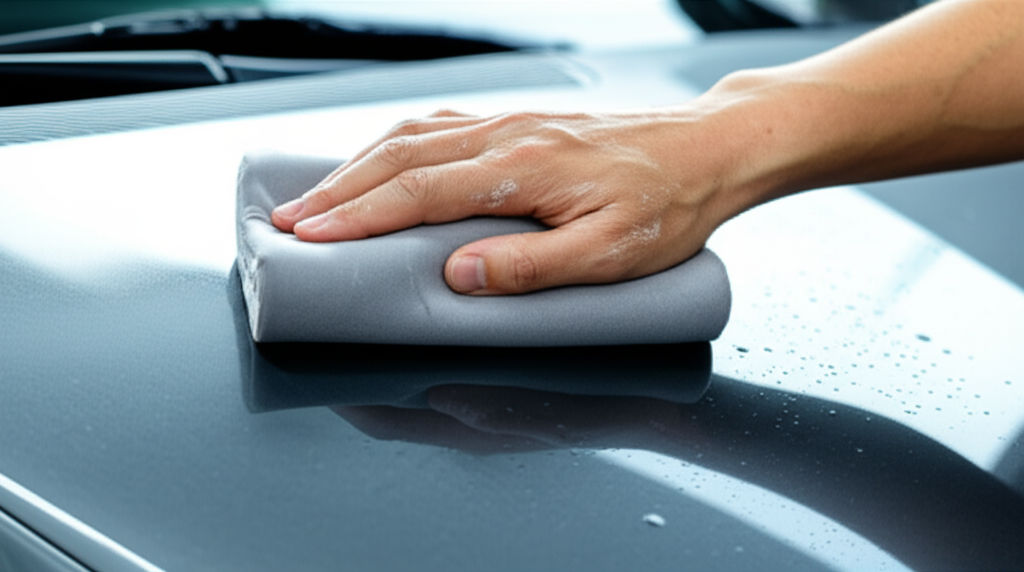
Photo: Unlock a pristine car finish! Learn how to use a clay bar to remove hidden contaminants, boost shine, and protect your paint. Get pro results at home.
A truly pristine car finish isn't just about a good wash and a fresh coat of wax. Beneath the surface, microscopic contaminants cling stubbornly to your paint, dulling its shine and hindering the effectiveness of protective products. This is where the unsung hero of automotive detailing steps in: the clay bar. Often overlooked by casual car owners, mastering how to use an automotive clay bar effectively is the secret to unlocking a truly smooth, vibrant, and protected paint finish.
In this comprehensive guide, we'll delve into the world of automotive clay bars, explaining what they are, why they're crucial for your vehicle's health, and providing a step-by-step roadmap to achieve professional-level results right in your driveway.
Understanding Your Paint: Why Claying is Necessary
Imagine your car's paintwork as your skin. Even after a thorough wash, tiny pores can remain clogged with impurities. Similarly, your vehicle's clear coat, while appearing clean, can be embedded with a myriad of invisible troublemakers. These "bonded contaminants" are the gritty culprits that make your paint feel rough to the touch and prevent it from truly shining.
The Invisible Enemy: Common Contaminants
What exactly are these stubborn particles that regular washing can't remove?
- Industrial Fallout: Microscopic metallic dust from industrial areas or even nearby railway lines that embeds itself into the paint and can lead to rust spots.
- Brake Dust: Tiny, sharp metallic particles from vehicle brakes that become airborne and stick to your car's surfaces.
- Tree Sap & Pollen: Sticky residues that bond tightly to the paint, often leaving a dull film.
- Road Tar & Asphalt: Small specks of black tar picked up from the road, especially after fresh paving.
- Bug Guts: The acidic remains of insects that can etch into your clear coat if left untreated.
- Overspray: Tiny droplets of paint, clear coat, or other chemicals from nearby painting projects.
These contaminants don't just make your car feel rough; they actively degrade your paint. They can cause dullness, reduce gloss, and even lead to oxidation and corrosion over time. Trying to wax or apply a sealant over a contaminated surface is like trying to stick a bandage on dirty skin – the product won't bond properly, leading to patchiness, reduced durability, and a less impressive finish. Worse still, rubbing these particles around during waxing or drying can introduce microscopic scratches and swirl marks.
The "Bag Test": Your Simple Diagnostic Tool
So, how do you know if your car needs a clay bar treatment? The simplest and most effective method is the "plastic bag test." After thoroughly washing and drying your car, place your hand inside a thin plastic sandwich bag and lightly run it over the paint surface. If you feel a gritty, bumpy texture, even after a wash, it's a clear sign that bonded contaminants are present, and it's time to clay bar your vehicle. The hood, roof, and trunk are often the most contaminated areas due to their flat surfaces.
Choosing the Right Clay Bar and Lubricant
Before you begin, selecting the appropriate clay bar and lubricant is crucial for a safe and effective detailing process.
Types of Automotive Clay Bars
Clay bars come in various grades, each designed for different levels of contamination:
- Fine Grade (Light Duty): These are the gentlest and ideal for vehicles with minimal contamination, newer cars, or for regular maintenance. They are less likely to cause marring.
- Medium Grade: A versatile, all-purpose option suitable for moderately contaminated surfaces. This is often the recommended choice for most DIY detailers.
- Heavy Duty (Aggressive Grade): Designed for severely neglected vehicles or those with heavy contamination like significant overspray or stubborn tar spots. These are more aggressive and may leave light micro-marring that requires follow-up polishing. Beginners are generally advised to start with a fine or medium grade.
In addition to traditional clay bars, synthetic clay alternatives like clay mitts, towels, and blocks have emerged. These are often reusable and easier to clean if dropped, covering larger surface areas more quickly. While traditional clay bars offer a better "feel" for contamination removal and can get into tighter spots, synthetic options are excellent for faster decontamination of larger panels.
The Essential Partner: Clay Lubricant
Clay lubricant is non-negotiable. It creates a slick barrier between the clay bar and your paint, allowing the clay to glide smoothly and pick up contaminants without scratching or marring the surface.
What to use as lubricant:
- Dedicated Clay Lubricants: These are specifically formulated for clay bar use and are the safest option.
- Quick Detailer Sprays: Many quick detailers can double as clay lubricants. Ensure they don't leave a coating if you plan to polish immediately afterward.
- Rinseless Wash Solutions: Products like Optimum No Rinse (ONR) diluted to the recommended ratio make excellent, cost-effective clay lubes.
- Car Wash Shampoo & Water: A mixture of pH-neutral car wash shampoo and water (without wax additives) can also serve as an effective, budget-friendly lubricant. Use a clean bucket and ensure the paintwork remains wet.
What to AVOID as lubricant:
- Plain Water: Using only water will cause friction, leading to marring, scratching, and potential paint damage.
- Dish Soap: Dish soap is too harsh and can strip waxes/sealants, dry out your paint, and damage the clay bar itself.
- Household Cleaners or IPA (Isopropyl Alcohol): These can damage your paint or the clay.
Step-by-Step Guide: How to Use an Automotive Clay Bar Effectively
Achieving a perfectly smooth finish with a clay bar is a straightforward process when done correctly. Follow these steps for optimal results:
1. Preparation is Key: The Thorough Wash
Before even touching the clay bar, your car needs to be meticulously clean. This step removes loose dirt, grime, and debris that could otherwise be dragged across your paint by the clay, causing scratches.
- Two-Bucket Method: Use one bucket with soapy water and a wash mitt, and another with clean rinse water. This prevents transferring dirt back onto your car.
- Wheel Cleaning: Clean your wheels thoroughly, as they are a major source of brake dust contamination.
- Rinse and Dry: Rinse your entire vehicle thoroughly to remove all soap suds. While some detailers prefer to clay a wet car, for beginners, fully drying the car first can make it easier to see your progress and ensure proper lubrication. Work in the shade to prevent your lubricant from drying too quickly.
2. Working with the Clay Bar
Now that your car is clean, it's time for the mechanical decontamination.
- Prepare the Clay: Break off a manageable piece of the clay bar (about 1/3 to 1/2 of a standard bar, or a piece roughly the size of your palm). Knead it in your hands until it becomes pliable and flatten it into a small disc or patty shape. This makes it easier to hold and use.
- Work in Small Sections: Divide your car into small, manageable sections, typically 1ft x 1ft or 2ft x 2ft. This ensures you don't miss any spots and the lubricant doesn't dry out.
- Generous Lubrication: Liberally spray your chosen clay lubricant onto the section you're working on. The surface should be visibly wet and slick. Also, spray a little lubricant directly onto the clay bar itself. Remember, there's no such thing as too much lube when claying.
- Gentle, Linear Strokes: Gently glide the clay bar over the lubricated surface using light, back-and-forth or cross-hatch motions. Let the clay do the work; avoid applying excessive pressure, as this can cause scratches or marring. You'll initially feel resistance or a "gritty" sensation as the clay picks up contaminants. As the surface becomes smoother, the clay will glide more easily.
- Fold and Re-Knead: As the clay picks up contaminants, you'll see visible dirt on its surface. After a few passes or when you notice the clay becoming dirty, fold the clay inward to expose a fresh, clean surface. Re-knead it into a flat disc. This prevents you from rubbing collected contaminants back onto your paint. If you drop the clay bar on the ground, discard it immediately, as it will pick up abrasive grit that can scratch your paint [9, 12
Finance & Investment
View All
March 23, 2025
Why ETFs Are Key to Modern Investing SuccessExplore the role of ETFs in creating a modern, diversified investment strategy. Learn how ETFs simplify investing and reduce risk for smart investors!
Ellie Moore

November 25, 2024
Maximizing Your 401(k): 5 Hacks for Serious GrowthSupercharge your 401(k) with 5 powerful hacks! Learn how to maximize contributions, optimize investments, and take advantage of employer matches. Grow your retirement savings today!
Ellie Moore

November 7, 2024
Risk Management Masterclass: Protecting Your Investments in Uncertain TimesProtect your investments in any market! Our masterclass teaches essential risk management strategies. Secure your financial future. Enroll now!
Ellie Moore

October 8, 2025
Car Financing for Bad Credit BuyersUnlock higher rankings and build authority! Discover how expert SEO content delivers genuine value, deep insights, and cuts through digital noise.
Ellie Moore

November 24, 2025
Aqua Finance Consumer Loan ReviewElevate your SEO with expert content! Discover how to create authoritative, E-E-A-T-aligned content that ranks higher, builds trust, and engages your audience.
Ellie Moore

October 15, 2025
Yahoo Finance Guide to Smarter InvestingUnlock top rankings with expert SEO content! Go beyond keywords to craft valuable, authoritative resources that satisfy users and search engines.
Ellie Moore
Insurance
View AllConcerned about rising auto costs? Discover how to get premium auto insurance quotes for optimal coverage, maximum savings, and financial peace of mind.
Ellie Moore
Safeguard your business's future. Essential Liability Insurance protects against legal claims, financial losses, and ensures continuity. Get peace of mind.
Ellie Moore
Premium Mapfre Insurance Options: Securing Your Future with Confidence Are you concerned about unforeseen risks impacting your assets or business continuity? In...
Ellie Moore
Navigate rising car insurance costs with Geico. This guide helps policyholders & risk managers secure optimal coverage & financial protection.
Ellie Moore
Moving abroad? Learn everything about international health insurance, from coverage options to must-have benefits for expats.
Ellie Moore
Explore the vital role actuaries play in risk management, pricing, and shaping the future of insurance policies.
Ellie Moore
Education
View AllDifferentiated instruction helps teachers reach diverse learners. Find out how tailored teaching improves outcomes for every student.
Read MoreCompetency-based education focuses on mastery over seat time. Learn how this model is reshaping how we measure student success.
Read MoreOutdoor learning promotes cognitive and social growth. Explore how nature-based education enhances learning outcomes and student well-being.
Read MoreProviding education in conflict zones is a major challenge. Learn about the barriers and efforts to ensure learning continuity in crisis situations.
Read MoreUnderstand the causes, effects, and potential solutions to the student loan debt crisis. Learn what can be done to ease this financial burden.
Read MoreStrong school-community partnerships can drive student success. Discover the benefits and strategies for effective collaboration.
Read MorePopular Post 🔥
View All
1
2
3
4
5
6
7
8
9
10
Health





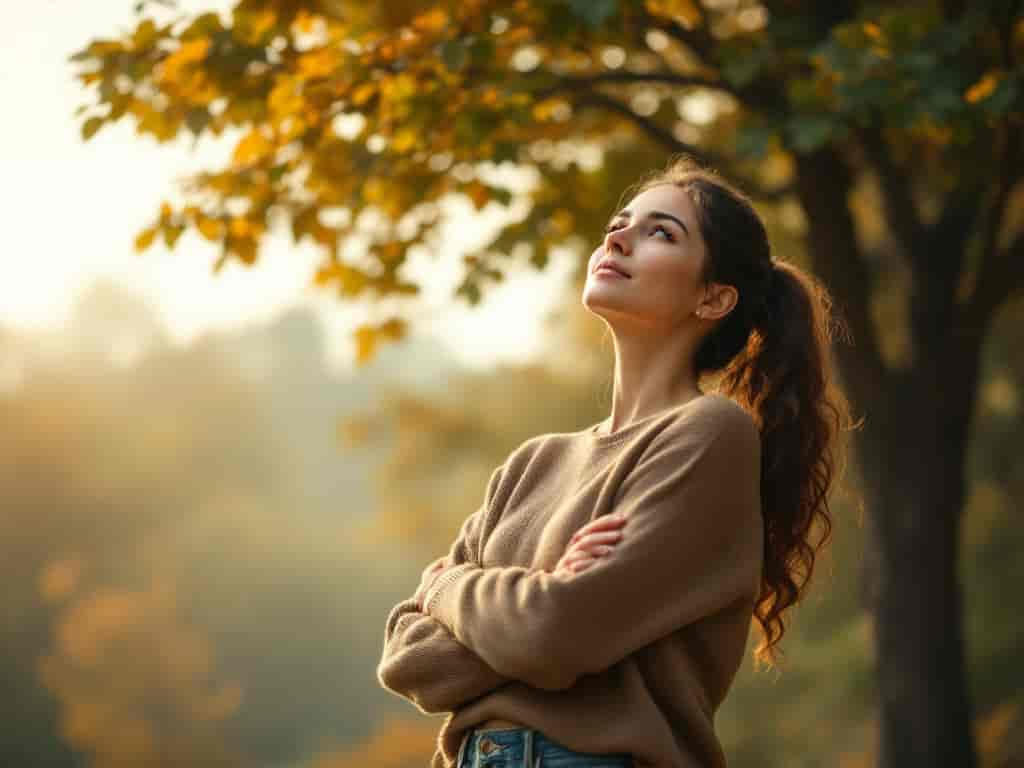
Automotive
View All
September 12, 2025
Lincoln Automotive Financial Services Explained
Discover Lincoln Automotive Financial Services (LAFS). Get tailored financing & leasing for your luxury Lincoln, with world-class support.

January 30, 2025
The Future of EV Charging: What’s Next in Tech?
Discover the latest innovations shaping the future of electric vehicle charging. Find out what’s next and how it affects EV owners. Click to learn more!
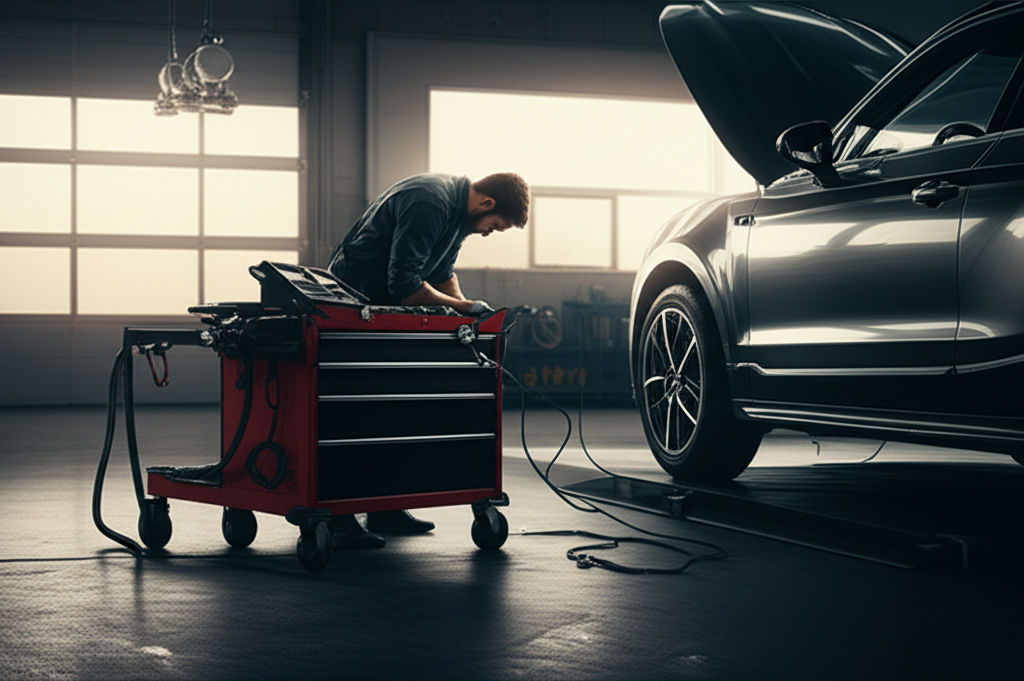
August 20, 2025
B&D Automotive Repair Done Right The First Time
B&D Automotive: Get repairs done right the first time! Save money, ensure lasting vehicle health, and gain peace of mind on the road.
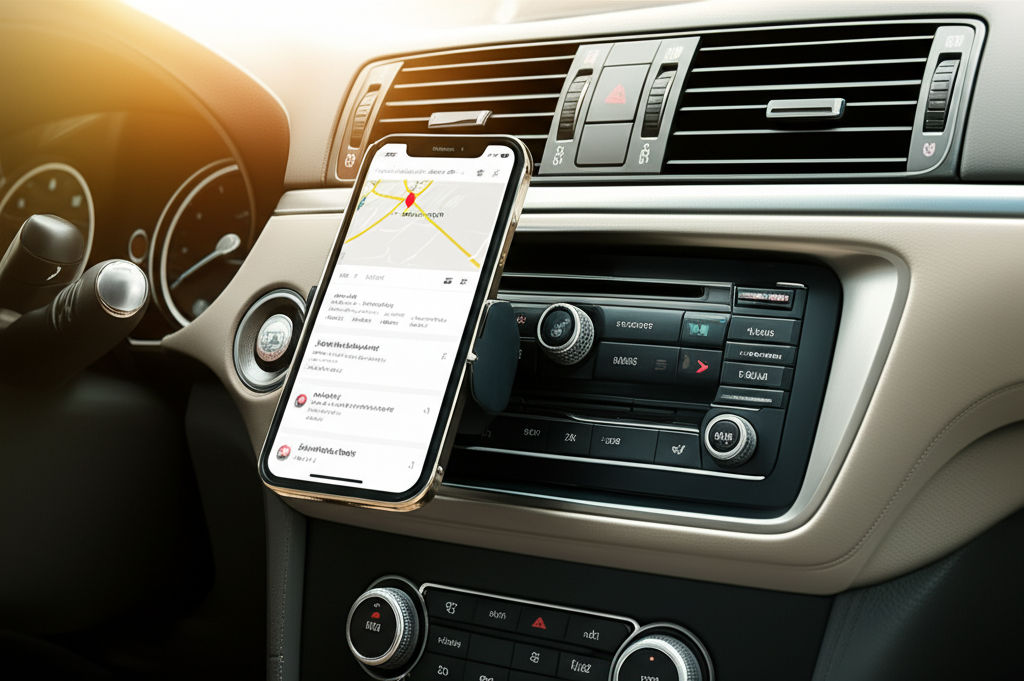
August 2, 2025
How To Find Affordable Automotive Radio Repair Near Me
Car radio broken? It's vital for safety & navigation! Our guide helps you diagnose issues, understand costs, and find affordable repair options.
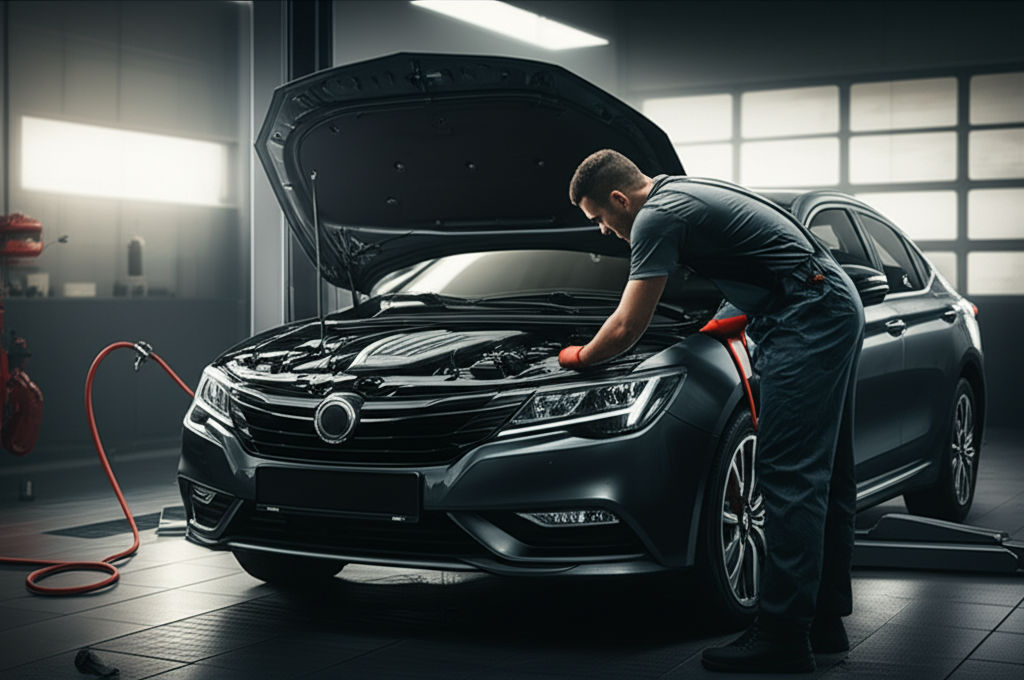
September 8, 2025
Direct Automotive Services Done Right
Get convenient, quality car care at your location! This guide helps you choose reliable direct automotive services for hassle-free vehicle maintenance.

February 2, 2025
Boost Fuel Efficiency with These Smart Driving Tips
Save on fuel with these easy-to-follow driving tips. Increase your vehicle’s fuel efficiency and reduce costs. Learn how to drive smarter!
















